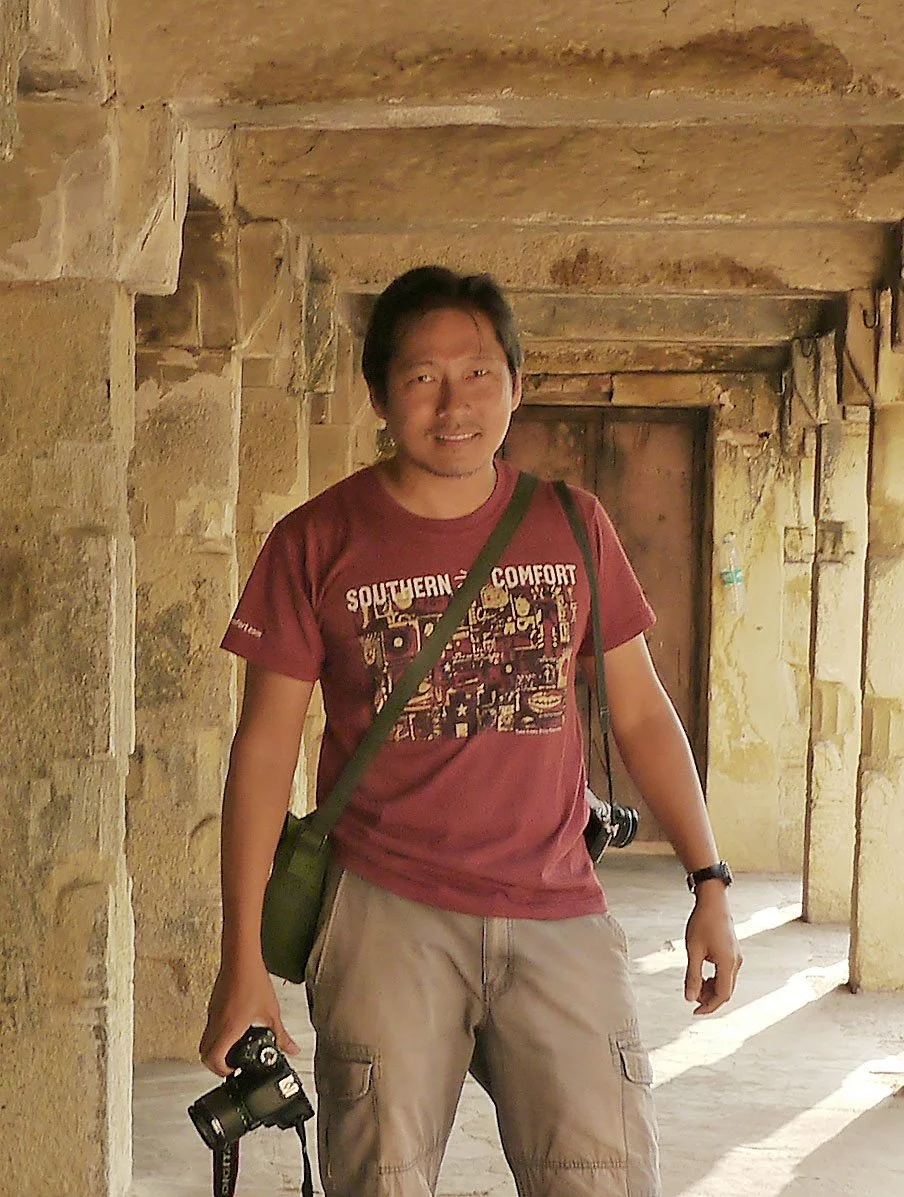Out of Time
Singapore’s dying traditions offer a glimpse of this city’s rich cultural heritage.
Behind the skyscrapers and the giant malls of ultramodern Singapore are deeply rooted traditions that doggedly resist the changing of times. These are centuries-old rituals that happen away from the neon lights; now-obscure practices that can still be glimpsed occasionally – if you know where to look.
Chinese street opera and puppetry. Indian parrot astrology. Taoist spirit communication and the dance of a fiery dragon. These are but a few of the disappearing folk customs that I’ve been covering here for almost two decades. I’ve photographed their practitioners, all passionate men and women who strive to keep their chosen art forms from dying out. In a country like Singapore that’s perpetually obsessed with the future, it seems there is little room left for these icons of the past. Nevertheless, they are timeless bits of heritage that deserve to be passed on to succeeding generations.
Veteran actors from the 157-year-old Lao Sai Tao Yuan, Singapore’s oldest surviving opera troupe, help a novice performer with her lines and costume. There are no schools for wayang; training is strictly through apprenticeship, and it takes decades to learn the nuances of the craft.
Lao Sai Tao Yuan actors put on an evening show to celebrate a Taoist festival at a Singapore suburb. Plots for these folk plays are drawn from ancient legends, and often revolve around cherished values like loyalty, filial piety or heroic deeds.
The skyscrapers of Singapore’s Central Business District serve as a modern backdrop for a Chinese street opera performance. Barely thirty years ago, street opera stages like these drew crowds of avid fans; today the spectators are usually a handful of old folks.
A wayang, or Chinese opera performer, puts the finishing touches on her costume before heading out onstage. Chinese opera troupes vary according to the regional styles and spoken dialect.
Ornately dressed and delicately carved string puppets await their curtain call during a show in Singapore. Like Chinese street opera, the art of string puppetry used to draw crowds whenever they performed on street-side stages. Now they are relegated to temple events.
A string puppeteer works her craft during a god’s birthday celebration at a temple in Singapore. Performances like these are accompanied by cymbals, a lute and a traditional string instrument known as the guzheng.
Parrot, cage, incense and tarot cards make up the essential tools of the kili josiyam, or parrot astrologer. These fortunetellers used to wait for customers at street corners in Little India, but have since been absent for over a decade now. Pay the $5 fee and the kili josiyam will release a parrot, which will in turn pick a card that will be interpreted by the seer.
Dressed as the Taoist deity Tua Di Ah Pek, a tangki, or spirit communicator, lights up a cigarette while waiting to be possessed by the deity himself. Once “controlled” by the heavenly spirit, tangki are known to dispense good advice, blessings and even lucky lotto numbers to devotees.
A possessed spirit communicator shows the unearthly nature of his entrancement by displaying arms pierced by metal skewers. Acts of self-immolation are commonly seen during tangki possessions. The practice of spirit communication was brought to Singapore by early migrants from Southern China.
A fire breather announces the arrival of the fire dragon during a rare performance in Singapore. This Cantonese ritual is seen only in one other place: the village of Tai Hang in Hong Kong.
Surrounded by thick smoke from the incense coils overhead, a volunteer at the Mun San Fook Tuck Chee temple starts lighting the incense sticks that make up a traditional fire dragon. This 60-meter-long creature is made from dried grass and joss sticks, and takes at least thirteen men to wield in dance.
Lester V. Ledesma | guest contributor | ws
Award-winning writer-photographer Lester V. Ledesma covers the world for a long list of renown local and international publications. He likes street food, cold beer and a good story. Check out his website at www.lesterledesma.com, and follow him on Instagram at @skylightimages












